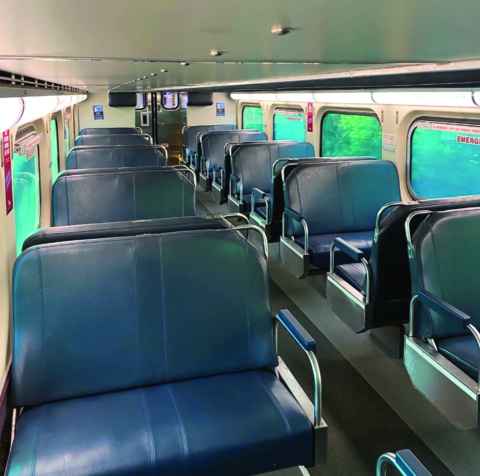

Other startups such as Vertical Aerospace, a British company, as well as familiar names in carmaking (Hyundai of South Korea) and planemaking (Airbus in Europe) are not far behind. It plans to start service soon afterwards. In Europe Volocopter, a German firm backed by two car companies, Daimler and Geely, as well as Intel, a chipmaker, and DB Schenker, a logistics giant, hopes to be allowed to fly in 2023. One, eHang, is close to certification in China, its home market. Some companies are even closer to lift-off. It promises flying-taxi networks in Los Angeles and Miami by 2024. As it announced its listing via a SPAC in February, Archer unveiled a $1bn deal to supply United Airlines and a partner airline with 200 five-seater craft. It counts Toyota, a Japanese car giant, among its backers and in December it acquired the flying-car business of Uber, a ride-hailing titan. A trip from Manhattan to JFK airport would then cost $30-40 per passenger. The firm calculates the initial cost of around $4 per person per mile may soon fall by 25%. Joby, based in California, says its five-seater machine will enter commercial service in 2024. They can fly four or five times faster than a cab can drive and do not get stuck in traffic.

#The last taxi ride Patch#
They require only a patch of concrete to land, unlike noisy choppers, which face severe operating restrictions in most cities. Quiet electric motors allow them to operate frequent services. Midway between a cab and a helicopter, flying taxis have distinct advantages over both.


 0 kommentar(er)
0 kommentar(er)
